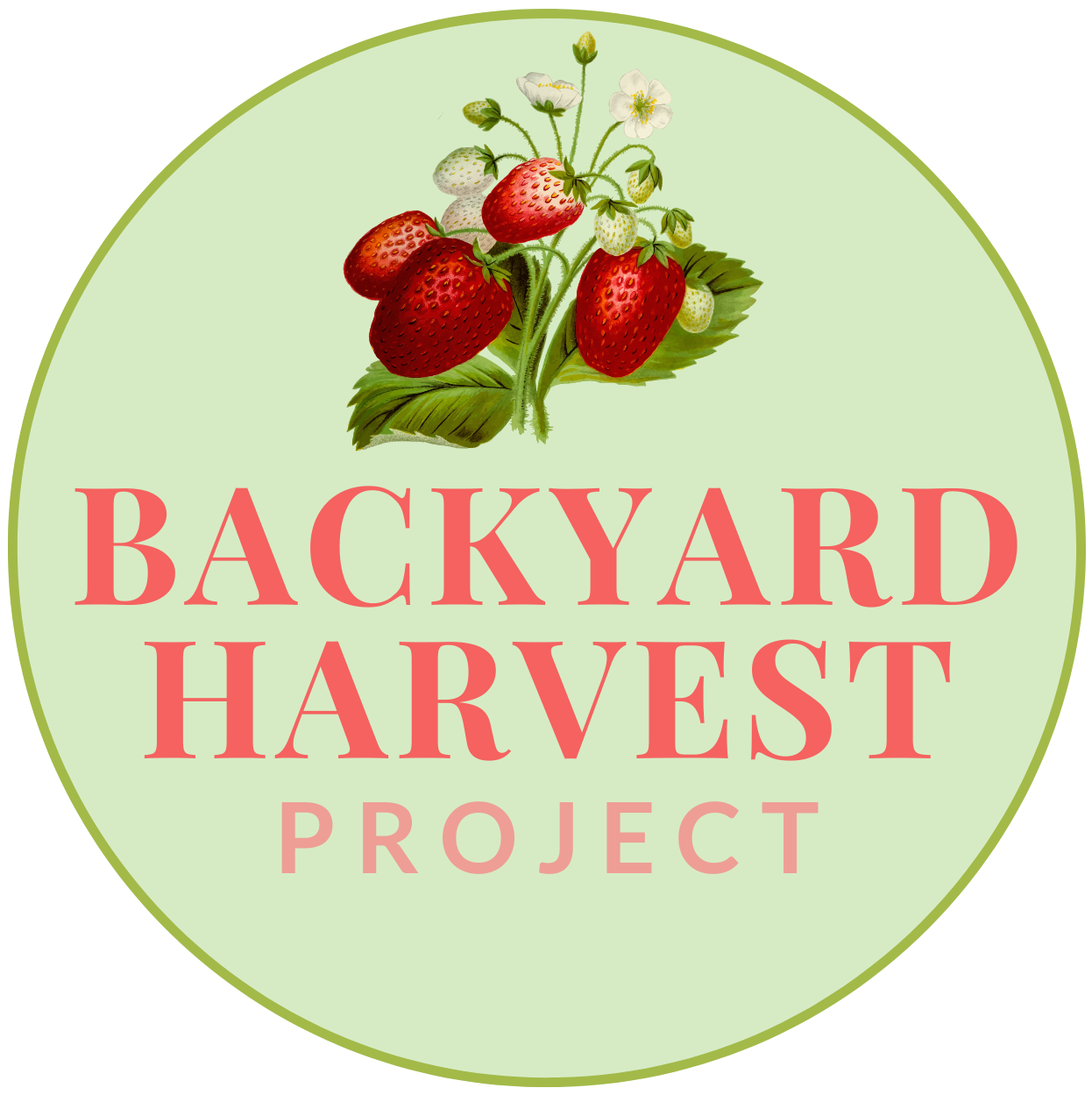What you CAN plant before May Long
There is an idea here in our chilly Zone 3 gardens that you shouldn’t plant anything before the May Long weekend. It’s as if the cherished Canadian holiday that announces the start of summer activates a climate switch that ends frosty nights and cold wet soil. But anyone who has camped through a May Long snowstorm knows that is simply not true. Now, it is true that our average last frost date in Alberta hovers around the May long weekend. Most are between May 20th and May 30th (except for Canmore and Banff, sorry about that). An average though, is just an average. It’s not magic. So here’s my guidelines for vegetable gardening in May.
Cold season vs Warm Season Vegetables
Vegetables really fall into two categories, cold season and warm season. Cold-season veggies have a tolerance for cold, some are even ok with frost. Many cold-season veggies even prefer the cold to germinate and grow (like lettuces). Warm-season veggies cannot tolerate frost of any kind, and they only thrive in warm soil and warm weather.
Warm Season Veggies
Eggplant
Peppers
Tomatoes
Beans
Corn
Cucumbers
Squash (including zucchini)
Melons
Cold Season Veggies
Root Crops (ie: beets, carrots)
Salad Greens
Brassicas (broccoli, cauliflower)
Celery
Leeks
Onions/Scallions
Peas
When to Plant Warm-Season Veggies
I’m going to start with these, as there is less nuance. First, most of your warm-season veggies are going to be plants, not seeds (with a few exceptions). Warm-season veggies need warm soil and warm temperatures. So sometimes May Long is actually too early for these vegetables. It is highly likely there will be at least one frost after May long, so if you are throwing tomatoes and cucumbers out in the garden, have supplies on hand to cover them on cold nights. Depending on the weather, I may wait until June to send my warm-season veggies outdoors. AFTER hardening them off of course.
The only caveat here is beans. Most books will tell you beans NEED warm soil. A germinated bean poking out of the ground will not tolerate frost. But a local farmer here tells me his bean seeds thrive when planted a bit earlier and exposed to a frost or two (bean seeds under the soil, no plant exposed). I am going to experiment with this idea this year and let you know how it goes.
When to Seed and Plant Cold-Season Veggies
This is where you have a bit of room to play and experiment. Almost all cold-veggie seeds are just fine with frost. The germinated plants have a range of cold tolerance. Now I will tell you, planting early doesn’t always mean early harvest. Plants are not going to thrive until they have warm enough temperatures. So if you seed your whole garden May 1st, and it’s a cold, miserable month, germination and growth will be slow. Some seeds might rot. If it happens to be a nice month though, you’ll be ahead of the game.
Super duper early
Peas, spinach and Asian greens (mizuna, bok choy) can be planted when the soil is workable. That means when the frost is gone and it doesn’t hurt to work in the soil with your hands. This can be in late April.
Super Early
Root vegetable seeds, onions sets, leeks (which you’ll have started indoors), lettuce and kale seeds can be planted 2-4 weeks before the last frost. In fact, I sometimes seed carrots, spinach and lettuce at the end of the previous season and just let them come up when they are ready.
Early
Finally, two weeks before the last frost I will put brassica plants, lettuce and kale starts, and seed potatoes into the soil. This is a good time for celery starts as well.
A few final notes
I want to remind you that not all frost is equal. There is a difference between a hard freeze and a light frost. Snow without super cold temps can be insulating, so don’t let that worry you too much either.
Gardening in Zone Three is always a gamble, that’s what makes success so darn sweet! Early planting doesn’t always mean early harvest (I have a farmer friend who tells me the best gardens are planted in June). This year I am doing some early seeding experiments. Seeding half a row in late April/early May, then seeding the other half closer to May long to see which plant thrives more.
Season extension refers to a whole bunch of tools you can use to plant earlier. Greenhouses, hoop tunnels, cold frames, frost cloth, and cloches can all allow you to get plants outside sooner. You can stretch some of the dates above if you are using these tools.
Finally, watch the weather. Listen to the forecasts. Hold off if the next few weeks look miserable. Get crazy and send tomatoes out early if late May looks unseasonably warm. Planting in May is as much more about observation than it is about a May long weekend planting rule.
Best wishes with your May planting, and let me know in the comments what you have learned through garden experimentation. ~Callandra
Do you need some help in your garden? I offer one on one garden consultations and garden project support!
I can guide you with overall garden design, tackle specific questions about vegetable, herb, and food forest gardening or help you solve a particular challenge.
Learn more about my services or get in touch to chat!


